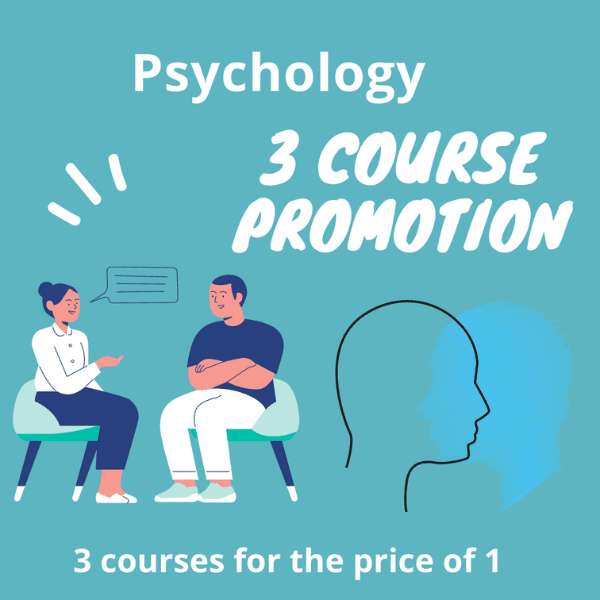In dealing with the post-traumatic stress disorder (PTSD), Cognitive Behavioral Therapy (CBT) takes the lead as one of the most credible and efficiency treatment options. This form of therapy holds a very prominent position in the list of strongest PTSD relief methods as it involves a number of theories related to PTSD. By utilizing a multi-faceted approach which deals specifically with the cognitive processes and behavior reactions, CBT assists in a gradual decrease of the distressing symptoms and an eventual transition to a more healthy mental state. By practising structured sessions that use evidence-based methods, people can learn to reframe their negative thinking patterns, manage emotional triggers, and acquire coping skills that allow them to deal with and even overcome PTSD. This holistic annotation, as part of CBT, is a key point of its significance for PTSD sufferers.







